This asteroid will come alarmingly close to Earth! NASA clocks it at 32152 kmph
Earth is set for a dangerously close encounter with an asteroid on May 3, NASA has warned.
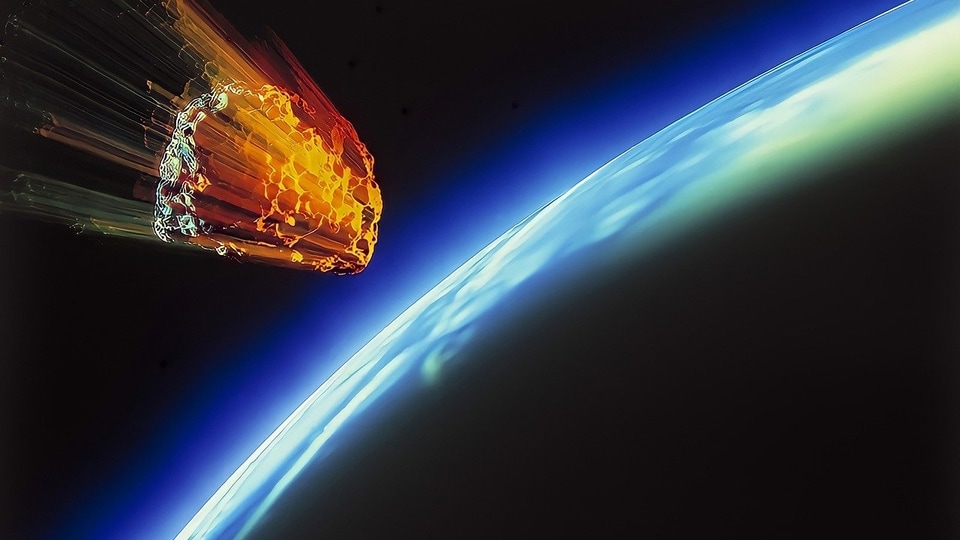

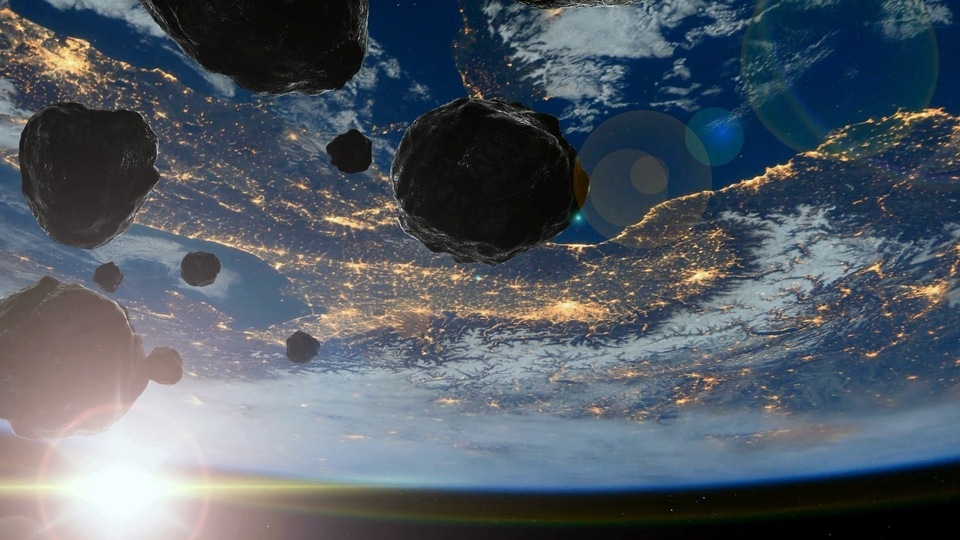
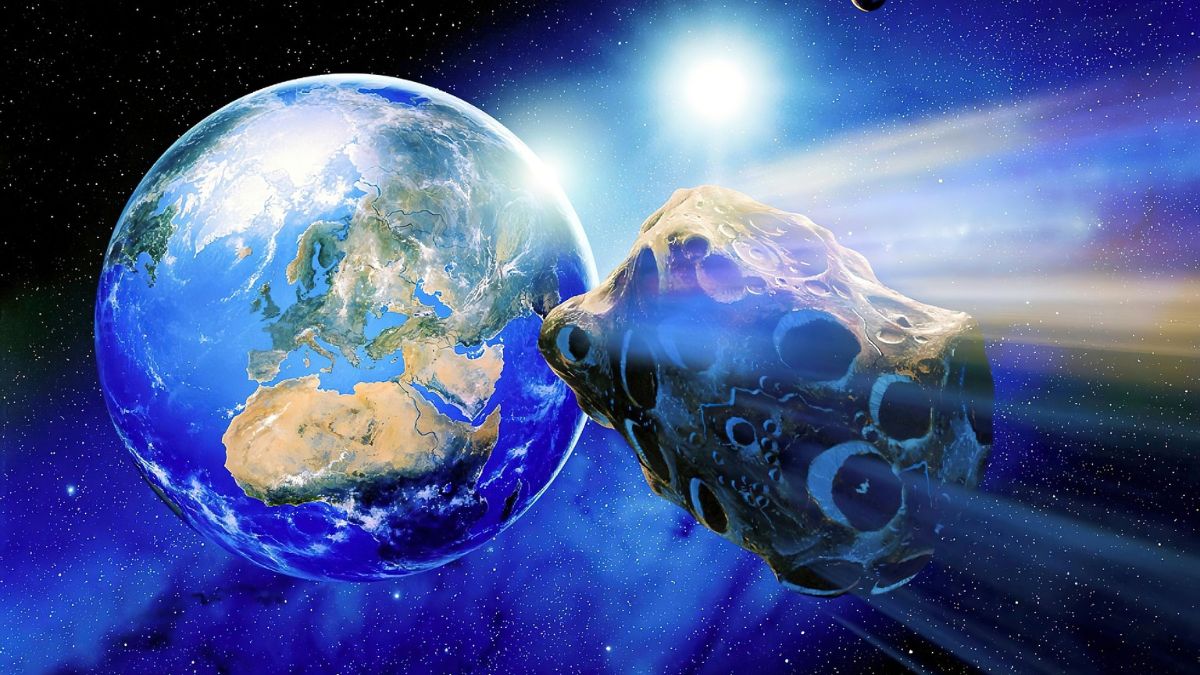
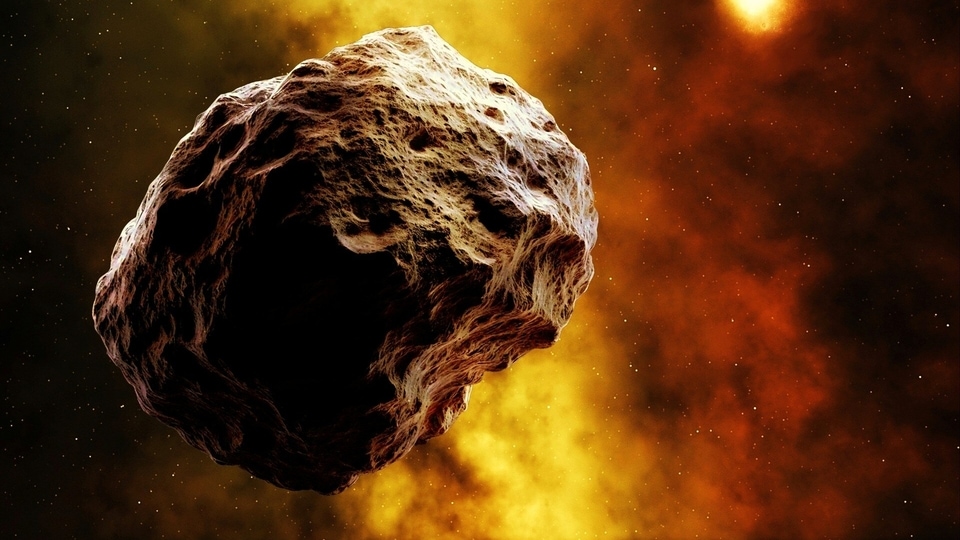
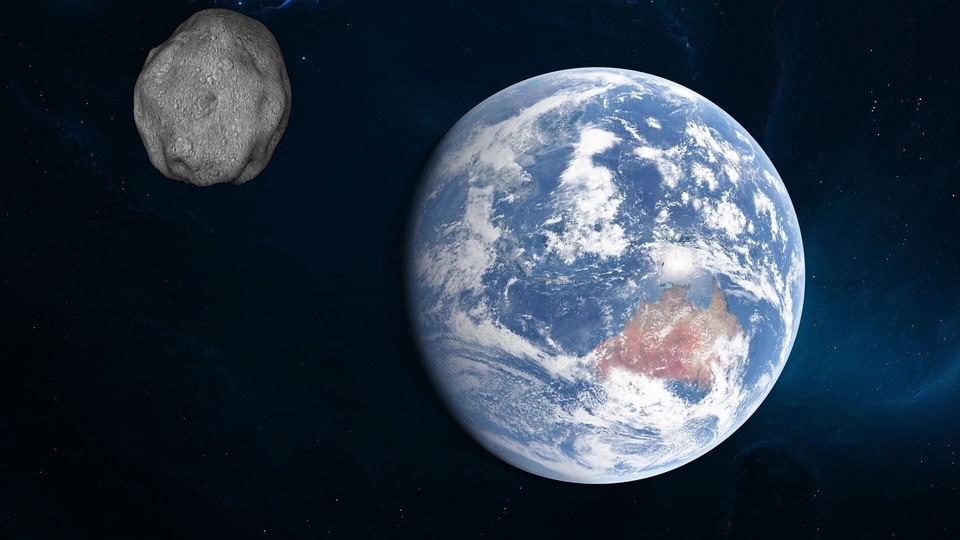
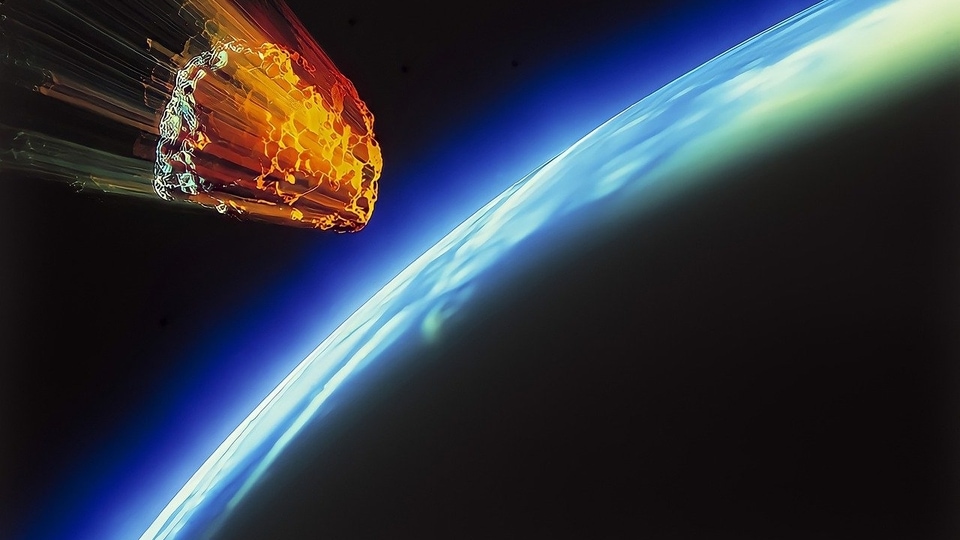
 View all Images
View all ImagesA 100-feet wide asteroid just passed Earth, but there is another space rock on the way and it is set to make quite a scary encounter with our planet. NASA's Jet Propulsion Laboratory has issued an alert about a small yet dangerous asteroid speeding towards Earth.
NASA has issued an alert as Asteroid 2023 HV5, which is about 41 feet wide - the size of a bus - is expected to come very close to Earth on May 3. According to NASA's JPL, any asteroid that approaches within 4.6 million miles or 7.5 million kilometers of Earth is considered potentially hazardous, and an alert is issued. Whether this asteroid poses a danger to Earth or not is a question that NASA has answered, and here's what it has to say.
Asteroid 2023 HV5 details
As per the asteroid tracking data, Asteroid 2023 HV5 will fly past the Earth on May 3 at an uncomfortably close distance - just 270,000 miles! The distance is almost the average distance between Earth and Moon which is about 239,000 miles. It is coming at a blistering speed of 32152 kmph, NASA's CNEOS data revealed.
The asteroid 2023 HV5 was detected only recently, on April 24, 2023 and it belongs to the Apollo group, which is named after the first asteroid discovered in this group, 1862 Apollo. Sky.org said that this asteroid makes one orbit around the Sun in 672 days. The next expected close approach of this space rock is on August 13, 2055.
Thankfully, due to its size, the asteroid 2023 HV5 is not a potentially hazardous object for Earth. Still, it will get alarmingly close and that is why scientists will keep a close watch on it.
How does NASA track asteroids?
To detect the danger, NASA has established the NEO Observations Program, which is tasked with finding, tracking, and characterizing NEOs, and identifying those that may pose a hazard to Earth. Ground-based telescopes and NASA's NEOWISE spacecraft are currently used to locate NEOs.
Catch all the Latest Tech News, Mobile News, Laptop News, Gaming news, Wearables News , How To News, also keep up with us on Whatsapp channel,Twitter, Facebook, Google News, and Instagram. For our latest videos, subscribe to our YouTube channel.
































